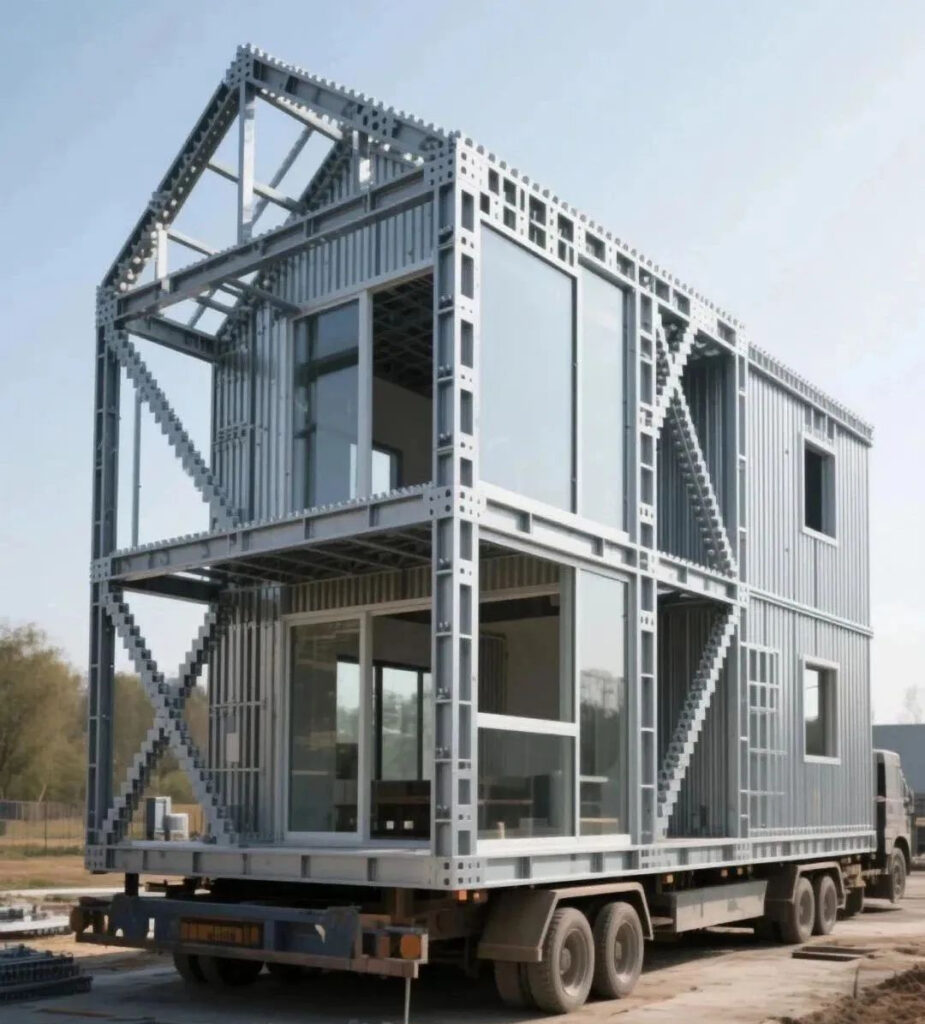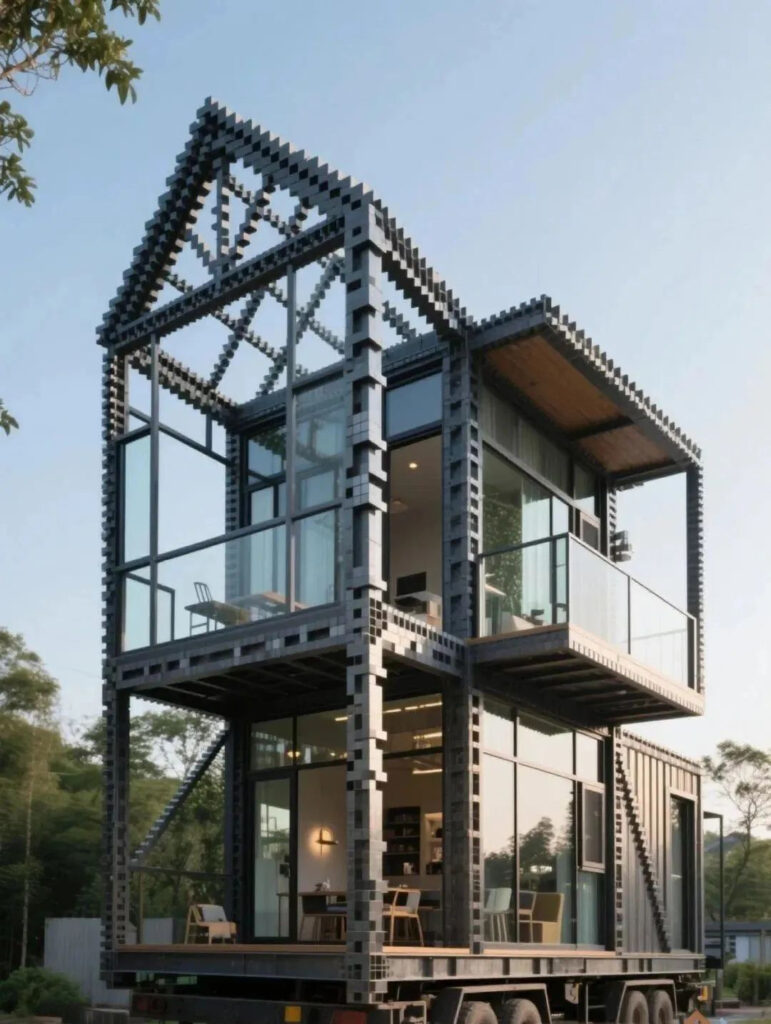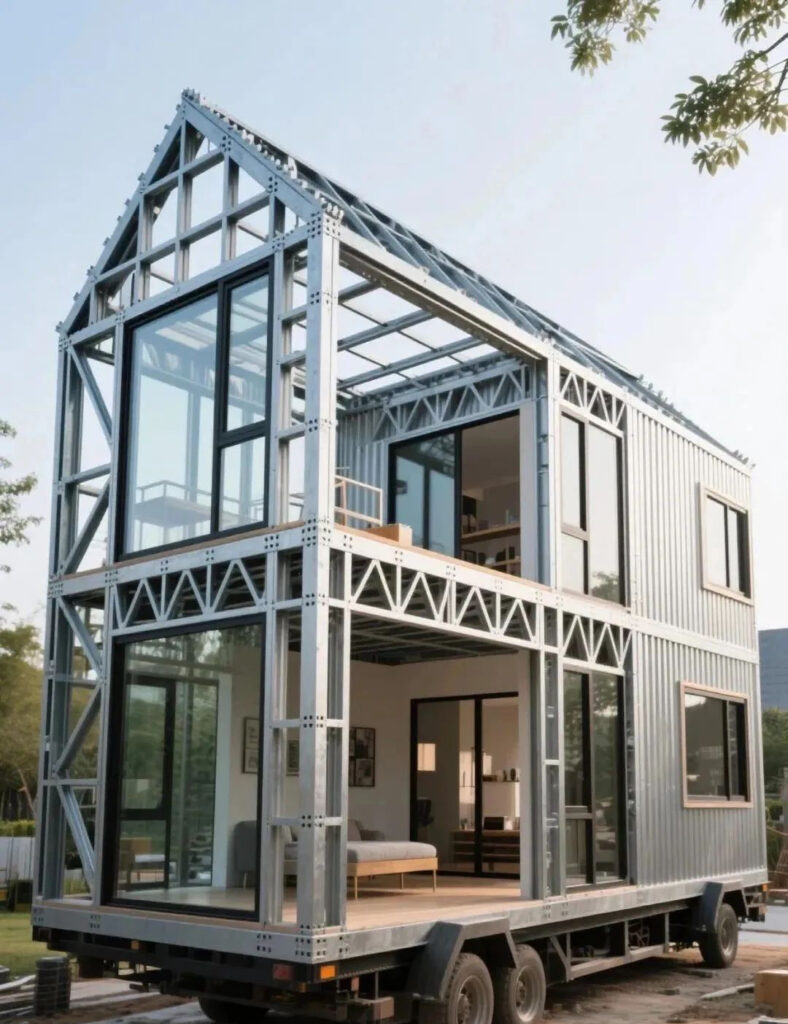1. Strong Policy Promotion
In recent years, China has introduced a series of policies to support the development of prefabricated construction.
For example, Sichuan Province’s 2025 work plan sets targets that over 42% of new construction starts must be prefabricated buildings, with individual projects achieving an assembly rate of 50% or higher.
Cities like Beijing and Shenzhen offer floor area ratio bonuses and financial subsidies for prefabricated construction projects.

2. Continuous Technological Innovation
Domestic companies have made significant progress in prefabricated construction technology.
Anhui Construction Group developed the “Layered Prefabricated Steel Structure Building System,” which greatly simplifies traditional construction processes through factory prefabrication combined with on-site assembly.

In addition, the application of intelligent construction technologies such as BIM (Building Information Modeling) and construction robots has further improved the efficiency and quality of prefabricated buildings.

3. Expanding Application Scope
Prefabricated buildings are not only used in public buildings such as affordable housing, schools, and hospitals, but have also begun to enter the villa market.
For example, Hunan Chengyou Green Building Technology Co., Ltd.’s fully prefabricated green rural houses demonstrate outstanding performance in earthquake resistance, thermal insulation, waterproofing, and leakage prevention, earning recognition from both the government and the market.

Leave a Reply